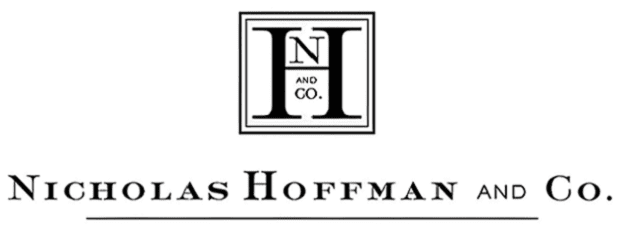
Is Cash Still Trash?
March 28, 2022
There is a phrase that has been used to describe the situation investors have been experiencing for several years now. The phrase “cash is trash” has been coined to reference the lack of options for investors and savers seeking returns on cash during periods of super-low interest rates. When your cash is only earning one basis point, a $100,000 investment will yield an eye-popping $10 of interest per year, or 83 cents a month! That hardly seems worth the effort, hence the phrase, cash is trash. For months we have seen bank balances in inappropriately named high yield checking accounts earn 0.01 percent. Money market mutual funds and treasury bills offered much the same. This low-rate environment even forced some money fund managers to waive their management fees so that the interest rates on their funds didn’t go negative. Good news, cash holders, this is all starting to change.
At the last Federal Open Market Committee (FOMC) meeting, the Fed’s longstanding stance on rates finally changed. With inflation soaring and the economy appearing strong, the Fed has begun to reverse the period of super low-interest rates that started when COVID hit in 2020. The Fed’s comments mean we should start seeing short-term rates rise, with potentially multiple rate increases over the next several months. This new policy action will create some uncertainty for the markets, given nobody knows how high the Fed will push rates, but there is a silver lining in these cloudy times – investors will start to see higher interest rates on their cash.
So how quickly are short-term rates changing? Here are the changes in four key rates since the start of the year:
| January 3rd, 2022 | March 28th, 2022 | |
| Fed Funds | 0.25% | 0.50% |
| 3-Month LIBOR | 0.22% | 0.95% |
| Money Market Fund | 0.01% | 0.03% |
| 2-Year Treasuries | 0.79% | 2.27% |
The Fed has raised rates for the first time in years but only by 0.25%, or 25 basis points (bps).
More recently, speeches and testimony given by Fed officials confirm that they have not ruled out a path to higher rates that might include additional rate adjustments of 25 bps, or even 50 bps, each time the FOMC meets over the next few months. The magnitude of any rate increase made by the Fed should be reflected in the four key rates highlighted above.
There are currently six additional meetings planned for 2022: May 14, June 15, July 27, September 21, November 12, and December 14. The financial world will be watching these meetings very close to assess the development and implementation of the Fed’s plan for short-term interest rates.
The outcome to stocks and other markets during this period is unknown, but with the Fed potentially slated to raise rates as many as six more times this year, cash and short-term interest rates should begin to offer more attractive yields for investors.
Carl Gambrell

